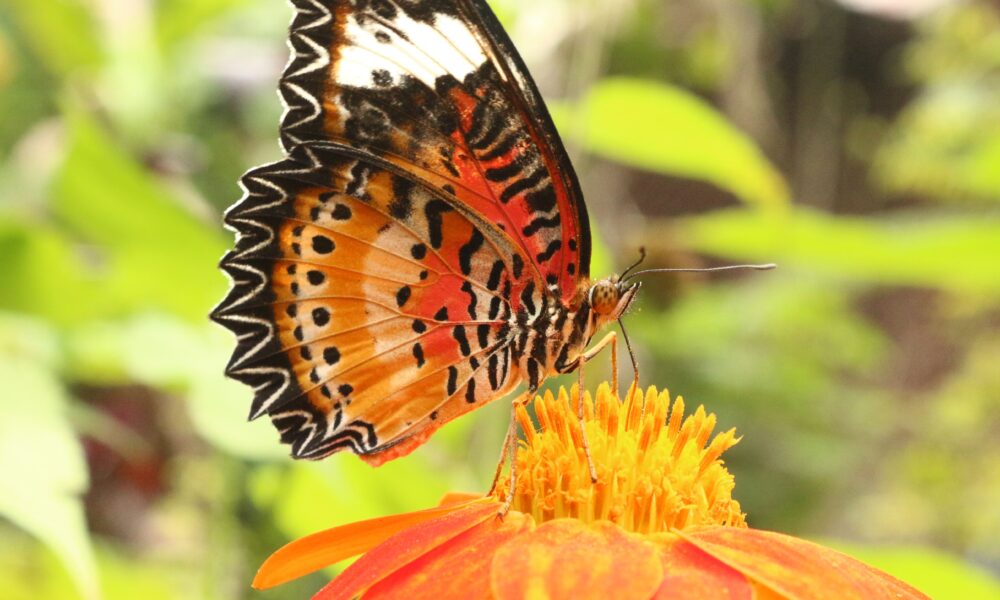When Emma Dawson-Glass, BSc ‘20, was completing her Honours degree in environmental science, she confronted the age-old question: What would be the subject of her undergraduate thesis?
An unexpected encounter with professor Anna Hargreaves of McGill’s Department of Biology turned out to be the answer Dawson-Glass was looking for. At the time, Hargreaves was studying how the distribution of plant species changed geographically depending on pollen limitation—the limited availability of pollen due to a lack of pollinators or poor-quality supply. Dawson-Glass was fascinated by Hargreaves’ research, and it just so happened that Hargreaves was in need of a student to assist her.
Over the next three years, Dawson-Glass and Hargreaves would conduct one of the largest meta-analyses in the world, using data collected by several other researchers to measure the effects of pollen limitation across nearly every corner of the planet. In January 2022, the study was published in the journal Philosophical Transactions of the Royal Society B. Their results were surprising to many in the biology and ecology communities.
Previous assumptions held that pollen limitation should increase toward the edges of a geographic range. Intuitively, this makes sense—where a field or forest approaches a road or city, one would expect to find fewer plants and animals, and thus to see less pollination occurring. Instead, Dawson-Glass and Hargreaves discovered no significant link between the location of plants in a range and pollen limitation.
The results of the study indicate that the lack of access to pollen is not the only factor limiting plant growth toward the edges of geographical ranges. Instead, pollen is part of a complex web of factors that influence rates of reproduction.
In other words, lack of pollen is not the main contributor to dwindling concentrations of plant species—other factors are likely at play. For Dawson-Glass, the opportunity to run this study was an exciting way to learn about an important topic often overlooked by ecologists.
“[Pollen limitation] directly impacts plants’ ability to reproduce [….] It’s also cool because it’s a mutualistic relationship,” Dawson-Glass said. “A lot of studies focussed on what impacts plants have [looked at] abiotic factors, like […] temperature, […] but there’s been less focus on the biotic factors.”
Understanding the relationship between plant reproduction and the activities of other organisms gives scientists a more holistic view of an ecosystem. It also enables them to better understand how changes in climate or topography may impact the health of various species.
Going forward, Dawson-Glass is eager to see the research on pollen limitation develop.
“Since our study is a meta-analysis, we’re using data from other studies that were not specifically designed to test the question that we’re asking,” she said. “It would be cool to try to do experiments specifically tailored to test how pollen limitation might change throughout a plant range.”
Dawson-Glass is also interested in learning more about specific latitudinal tests for analyzing pollen limitation. Biological theory holds that biotic interactions become more important closer to the equator and less important around the poles, where abiotic factors like weather play a larger role in ecological dynamics. Testing whether this theory applies to pollen limitation would add to the field’s understanding of how plants interact with their environments.
Since graduating, Dawson-Glass has gone on to continue her research and work with plants at the Holden Arboretum in Cleveland, Ohio, as a research specialist in community ecology.







